All products featured are independently chosen by us. However, SoundGuys may receive a commission on orders placed through its retail links. See our ethics statement.
Apple's Hearing Aid feature is the biggest audio announcement of the year
September 13, 2024
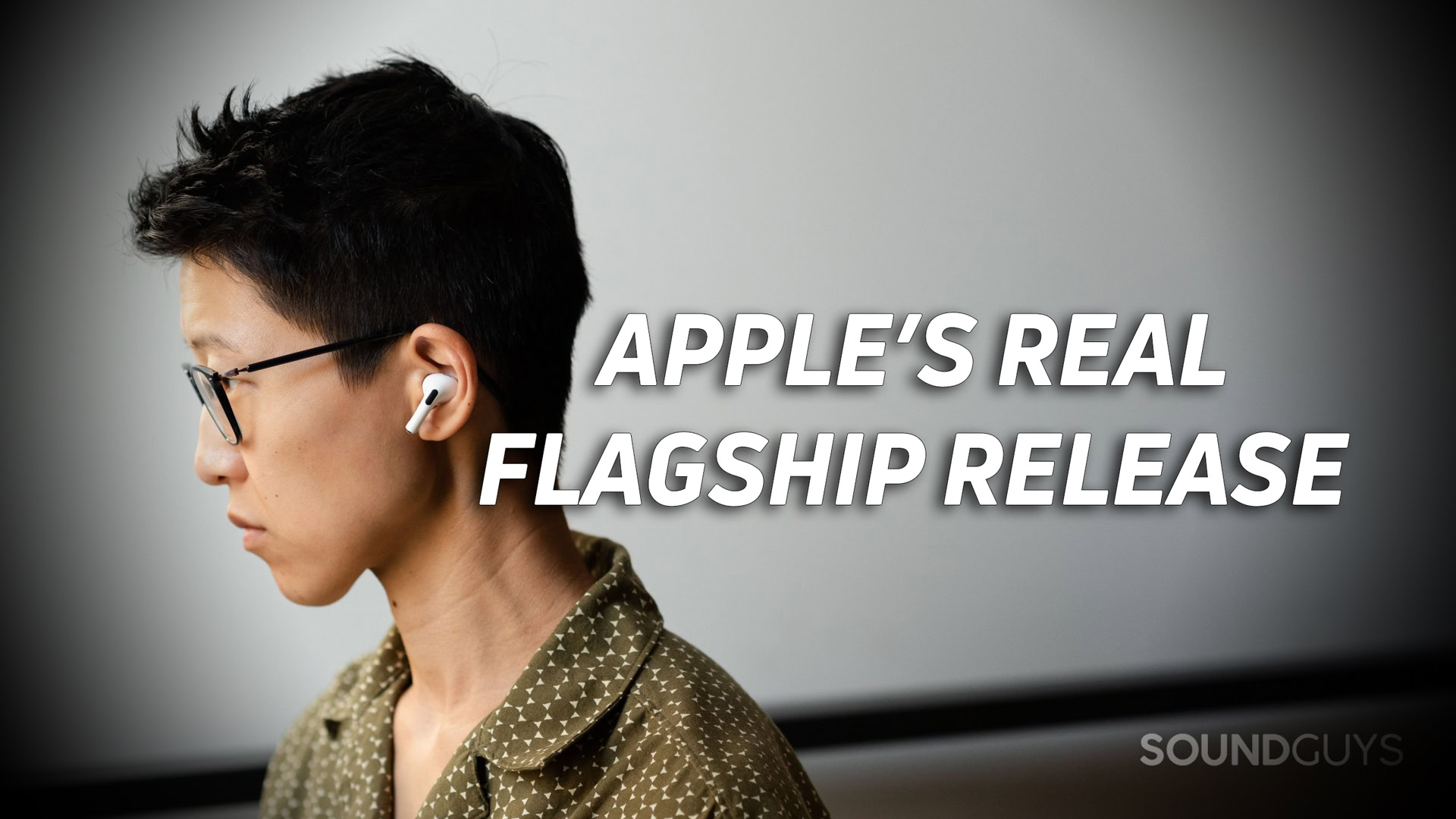
Amid the other product announcements this week, Apple gave the world a taste of its Hearing Aid update to the Apple AirPods Pro 2. While that seems like a feel-good story that won’t make a lot of change in the industry: think again. In my mind, this firmware update — not the new AirPods — is the most important announcement of the year. But how can something that not everyone might use be that important? Well, it’s the beginning of the end of the hearing aid as a separate device from earbuds for some people. With the FDA approving the software behind the update, not one, but two markets are changed forever.
Hearing loss is more prevalent than you realize
It’s often talked about, but seldom held in the public consciousness that hearing loss is far, far more prevalent than you might believe. Such a small percentage of people who might be helped by hearing assistive devices actually seek treatment — if they seek it at all for various reasons.
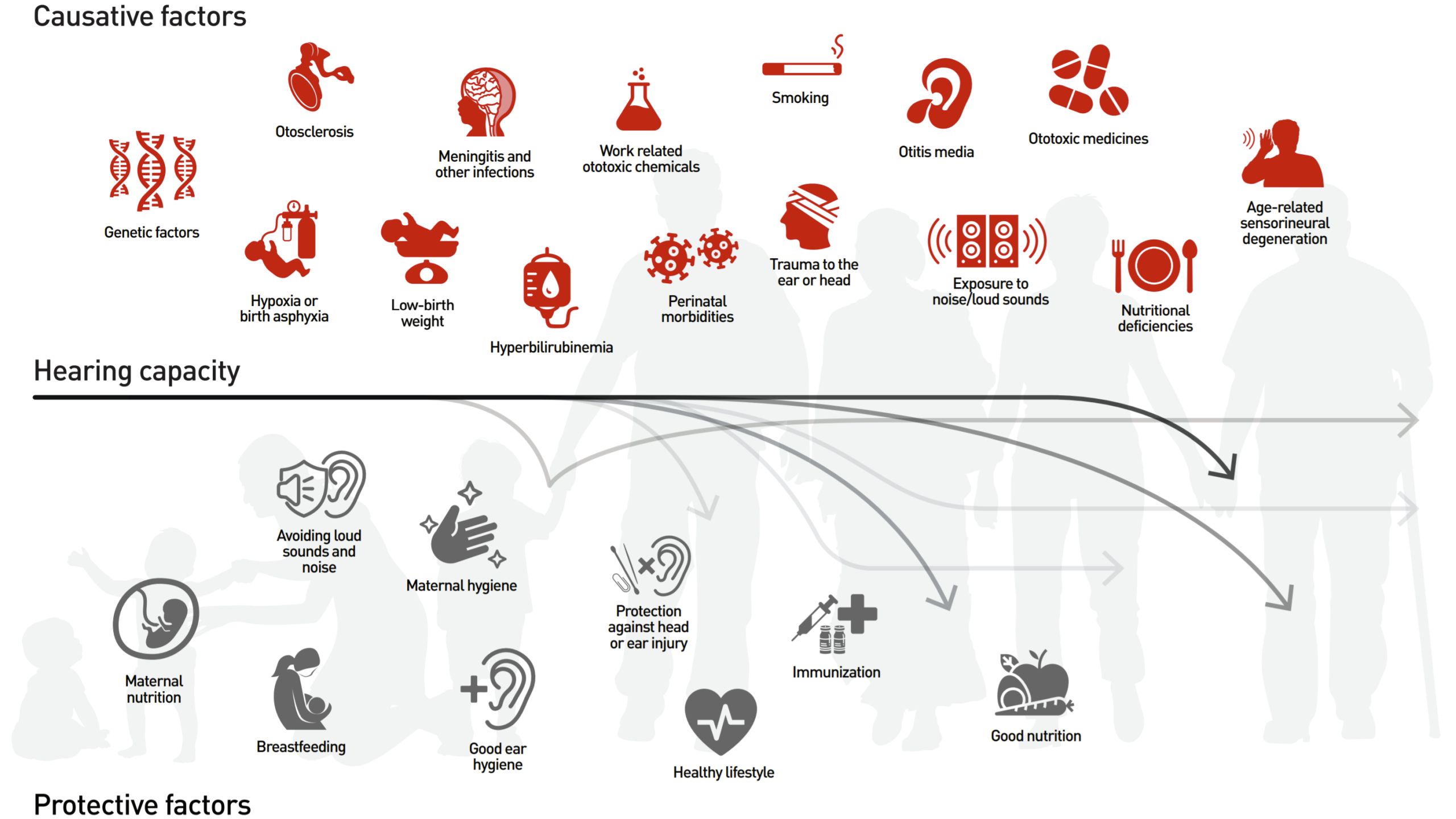
But what you probably didn’t know is that hearing loss is suffered by far more people than you realize, and there’s a lot of suffering because of it. As of 2016, an estimated 38.12 million Americans had hearing loss in at least one ear, but that number might be a little too conservative. Hearing loss is one of those conditions where you might not even be aware you have it, because it can sometimes present as things just being a little quieter, or only select bands of frequencies being harder to hear. This new feature is aimed directly at this type of hearing loss sufferer.
Stigma around hearing assistive devices could drop
A hurdle that isn’t often talked about — or taken seriously — is the stigma associated with hearing aids and hearing loss. Though only a complete jerk would discriminate against someone for using a little tech help to hear, it does happen in some unexpected ways, and some biases do come to light in certain situations. Consequently, many who use hearing assistive devices are self-conscious about using them and sometimes will forgo help altogether.
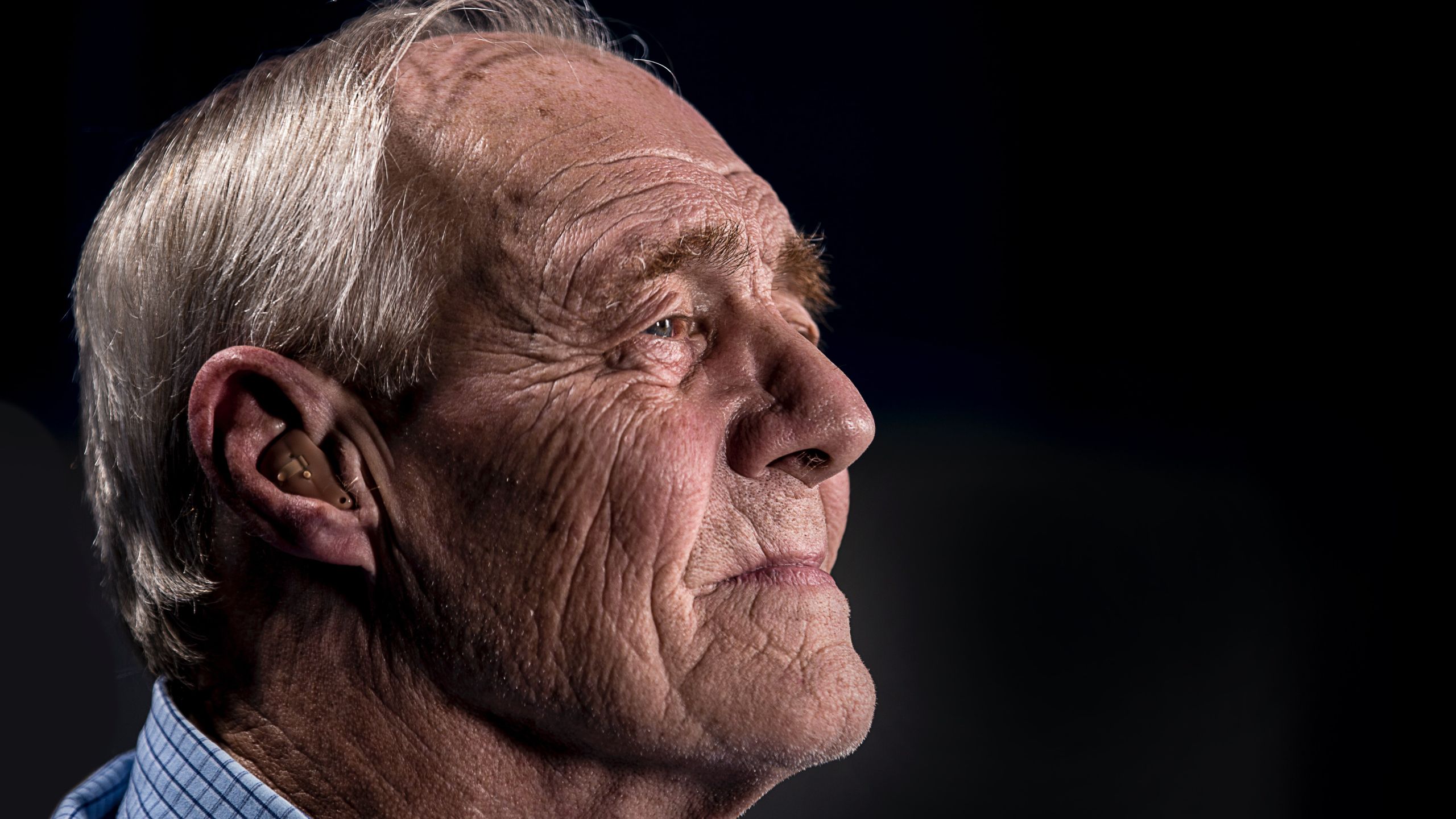
By rolling hearing aids into the world’s most popular audio product, that stigma should become a lot more surmountable for those with mild to moderate hearing loss. That’s huge.
Though there are some really kickass jewelry options to take advantage of your extra hardware, some might always hold that anxiety. Companies like DEAFMETAL have been releasing really creative jewelry to turn your hearing aid into a part of your fashion, but if that isn’t your speed, wearing the most recognizable audio product of the day might feel a lot less conspicuous. If you needed to wear a hearing aid tomorrow, which option would you feel more comfortable with at first?
Hearing aids are now the cheapest they’ve ever been
It wasn’t that long ago that hearing aids required a ton of money to get. As a specialized assistive device, you also needed time off work to then also pay for doctor’s visits in order to be able to get set up in the first place. In the US, this meant a lot of money and lost hours.
For example, in addition to hearing aid devices that could run you anywhere between $1,600 and $3,000 each (the average was $4,600 per pair), you also had to have an appointment to get an audiogram measured by a professional after a referral from a physician. You would also have to get a fitting, and after several copays (or out-of-pocket costs), the bills can rack up into the thousands even if insurance covers some of the costs — though it often doesn’t. Medicare A and B, for example, don’t cover this. This is an appalling financial burden.
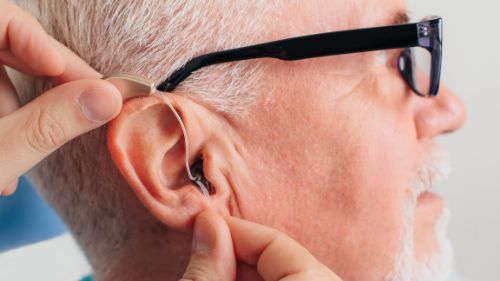
Predictably, not many people can afford to cough up a few thousand to get hearing aids, and people often will delay getting help when faced with this. In fact, 74% of Americans straight-up can’t afford this.
During the Biden administration, rules allowing over-the-counter (OTC) hearing aids came into force, and early models from companies like Bose, Jabra, and others hit shelves as cheaply as $489. Additionally, it was possible to go without a fitting or prescription, which cut out some additional costs. Even though cutting the costs by over half, it was still a lot of money to pony up.
Most people already own a smartphone, and will be upgrading within 3 years. By giving users the ability to get an audiogram and implement it with products they already own, the barrier to getting hearing assistive help is gone for many, and accessible for most others. What used to cost thousands of dollars is now something that your smartphone can handle.
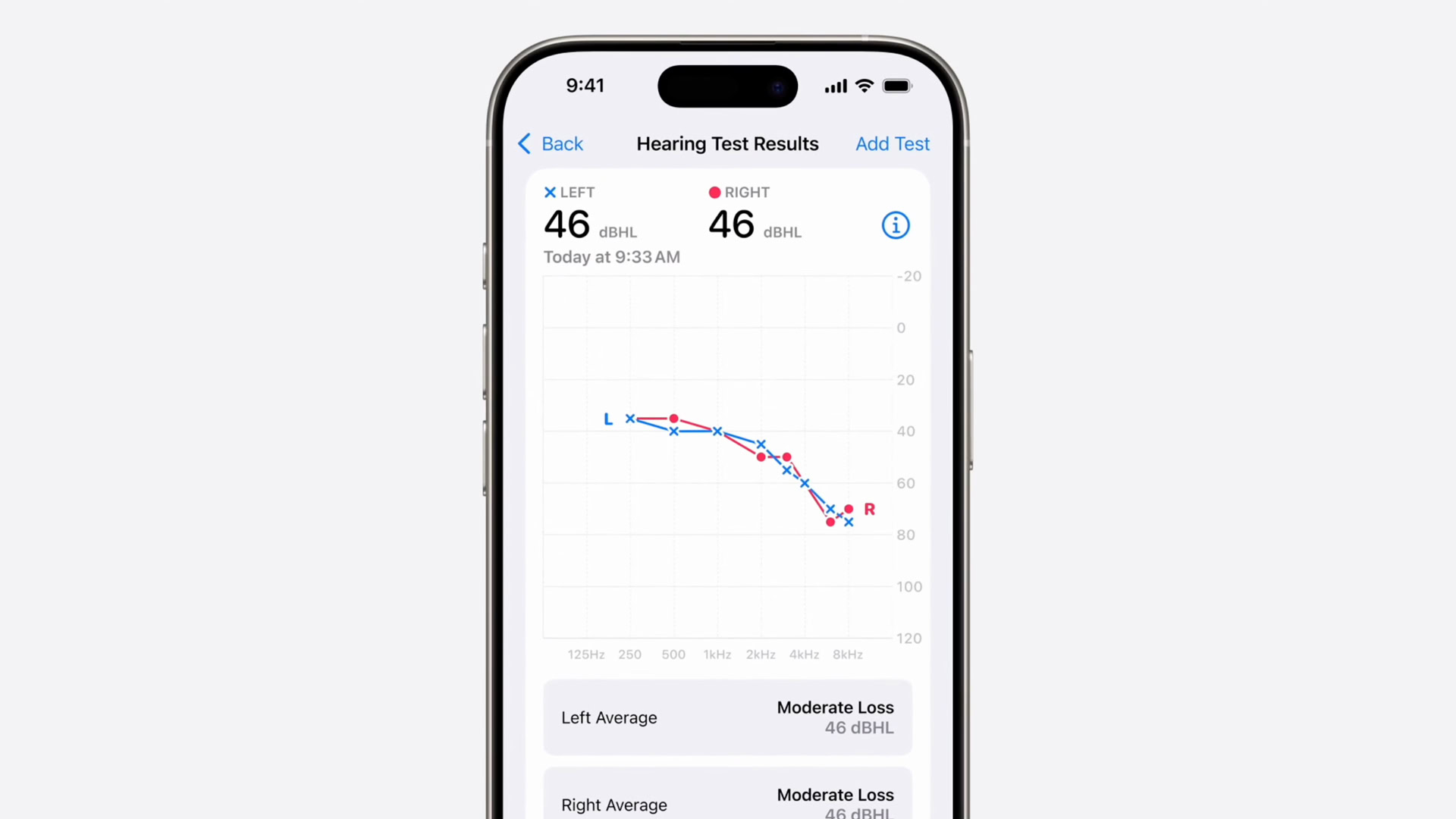
If I were a betting man, I’d wager that we’ll see a lot of people discovering they might have some hearing loss very soon. By opening this feature up to more people to find their audiogram and provide some help for mild to moderate hearing loss, your average person won’t have to go through the expensive and time-consuming process of booking specialists and exams. And being able to give yourself a hearing test on a lark will mean that more people can learn more about their hearing — despite the possibility of uncovering something they would rather ignore.
By merging earbuds and hearing aids, both markets are about to change forever
With the move from earbuds being a vehicle for music to an overall means to hear the world around you in any manner of your choosing, we’re starting to see the walls between the hearing aid and earbud product categories tumble. Over the next few years, we should start to see the line between each start to blur more heavily.
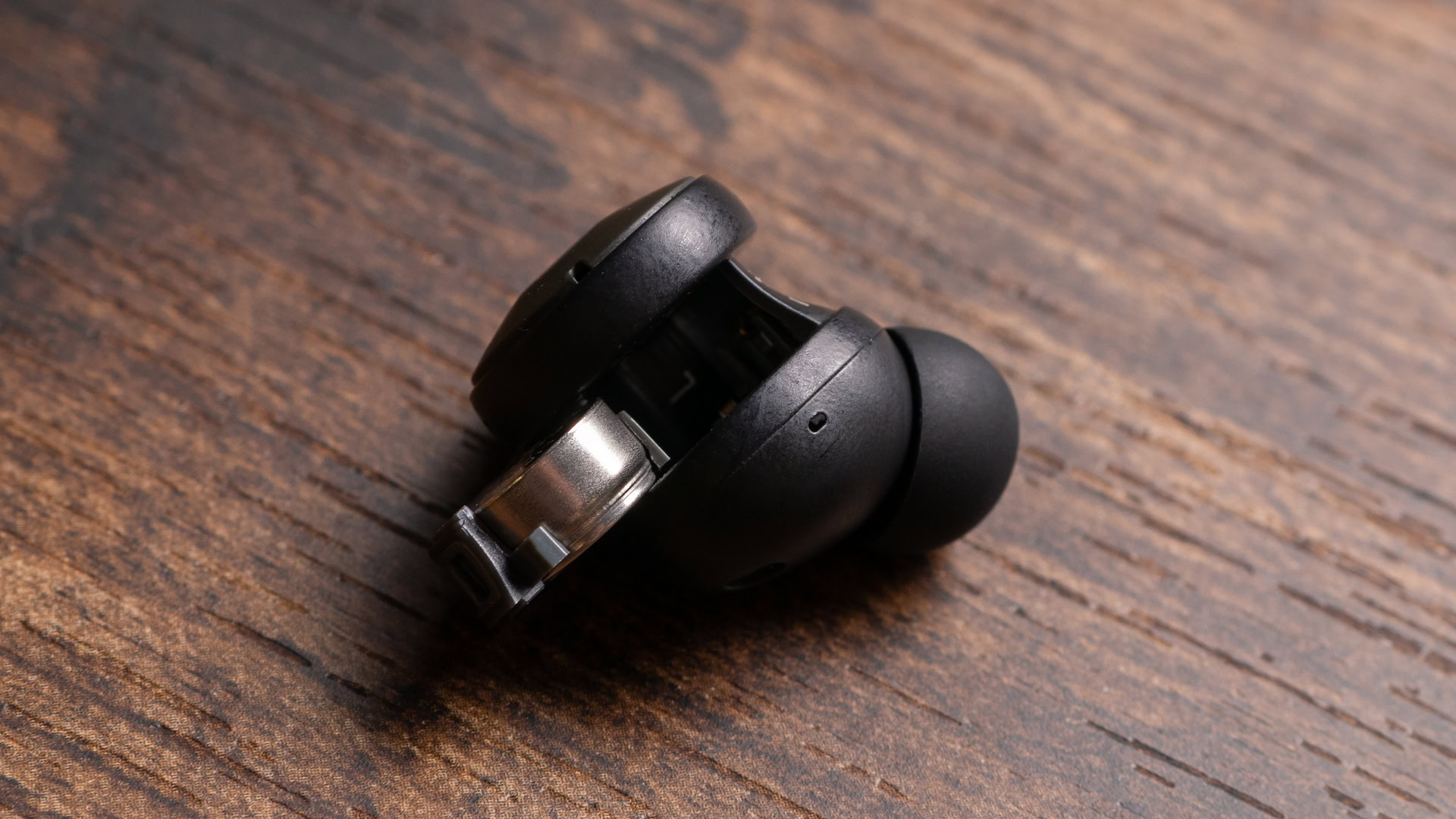
This has happened before, when the smartphone ate the point-and-shoot camera. For a long time, in the late 90s and early 2000s, digital point-and-shoot cameras and disposable film cameras were the most popular modes of taking photos. However, when the iPhone was released with a somewhat-passable camera combined with a smartphone, film and digital photography never recovered. In just a few short years, most people were taking photos exclusively with their phones — leading to an insane dropoff in dedicated camera sales. At the same time, cameras proliferated in a way they hadn’t before, as the camera became an important part of what people envisioned a smartphone to need. Though there’s still a niche for equipment for professional photographers, the number of available models and demand for point-and-shoots has almost completely collapsed. Instead, people just use their smartphones.
While hearing aids are in no immediate danger of losing their market as point-and-shoot cameras did, it seems foolish to assume their business won’t be impacted. When the most popular personal audio product on the market can suddenly act as a hearing aid, too, the parallels to the markets cratered by the original iPhone become pretty easy to see. Suddenly, almost 10% of earbud owners have hearing aids, whether they choose to use them that way or not. There will always be a place for more-performant equipment, but Apple just ate the low-hanging fruit that wasn’t well-met by current offerings.
...the comparatively poor battery life of AirPods versus traditional hearing aids might drive more people to the better options on the market.
In the beginning, access to hearing aids might give the hearing aid industry a bit of a bump. As people who would normally not buy one discover that they need help, the comparatively poor battery life of AirPods versus traditional hearing aids might drive more people to the better options on the market. Hearing aids need to last all day, while the AirPods Pro 2 likely won’t last even half as long. However, as earbuds with longer and longer battery life get more common, the reasons for only minorly or moderately impacted hearing to make the jump will dwindle over time.
Additionally, upcoming enforcement of EU regulations might push these hybrid devices into using hearing aid batteries like the Fairphone Fairbuds already do. It’s possible that consumers used to both devices will prefer using models with removable batteries, and that would be a great change for of one of the most disposable pieces of tech. There’s a wild future coming.

Thank you for being part of our community. Read our Comment Policy before posting.